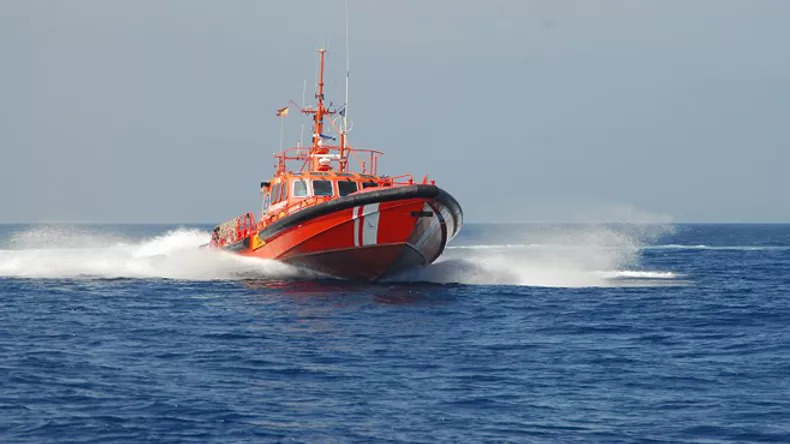During navigation, problems may arise at sea that must be solved immediately.
Maritime Salvage is an emergency service for this type of situation.
What to do if we have problems navigating the high seas? What steps to follow?
Assess the scope and consequences of the problem
Check for nearby boats
Assess whether it is possible to solve it through your own means
Is there water on board?
Test the water
Fresh water means a leak in the drinking water tank (no serious problem)
Salty and hot water, comes from the engine cooling (look for the leak)
Salt and cold water, has a waterway. Quickly locate the origin that may be from the same vessel.
Where can the waterways come from?
Cover. Due to leaks or a poorly closed hatch. (not serious)
Hole in hull as a result of collision or stranding
Loss of sealing of bottom valves, stuffing boxes or through hulls below the waterline
Backflow of water through toilet or sink bowel movements
What to do if we have water in the bilge?
Start all bilge pumps immediately.
Do not turn off the engine, as electric pumps consume a lot of battery and can discharge it in minutes.
Designate one crewmember to pump with the hand pump and the rest to bail with the buckets.
To reinforce the work of the bilge pumps, release the engine cooling seawater intake, block or close the passage and make it suck in the shipped water.
Head for port immediately.
What to do if the waterway is found?
Emergency if the valve or a through hull fails close or fit a conical wooden spike to measure
If it is in the helmet, try to plug from the inside with clothing or cushions and keep the closure tight.
On sailboats, you can also try to decrease the inflow by using one of the sails (jib) from the outside, passed under the hull and tightening it from band to band.
If a valve or through hull fails, close or fit a custom wood conical spigot.
If the pathway is small, apply repair paste capable of acting (polymerizing) under water.
Prevention
Close unused valves
Do not allow leaks from the cover to the interior.
Ensure the tightness of portholes and hatches.
Set the anchor so that it does not hit the hull.
Securely attach batteries and all heavy equipment.
Never allow water in the bilge.
If you cannot stop the ingress of water, make a distress call.
While waiting for help, increase buoyancy by emptying the fresh water tank to the bare minimum and throwing useless weight overboard.
Prepare to leave the boat, but wait until the last minute.
A MIDDLE SINK VESSEL IS A BETTER PLACE TO WAIT FOR HELP THAN A RAFT, YOU SHOULD GO TO IT WHEN THE SINKING IS IMMINENT
Information from
MARITIME RESCUE

